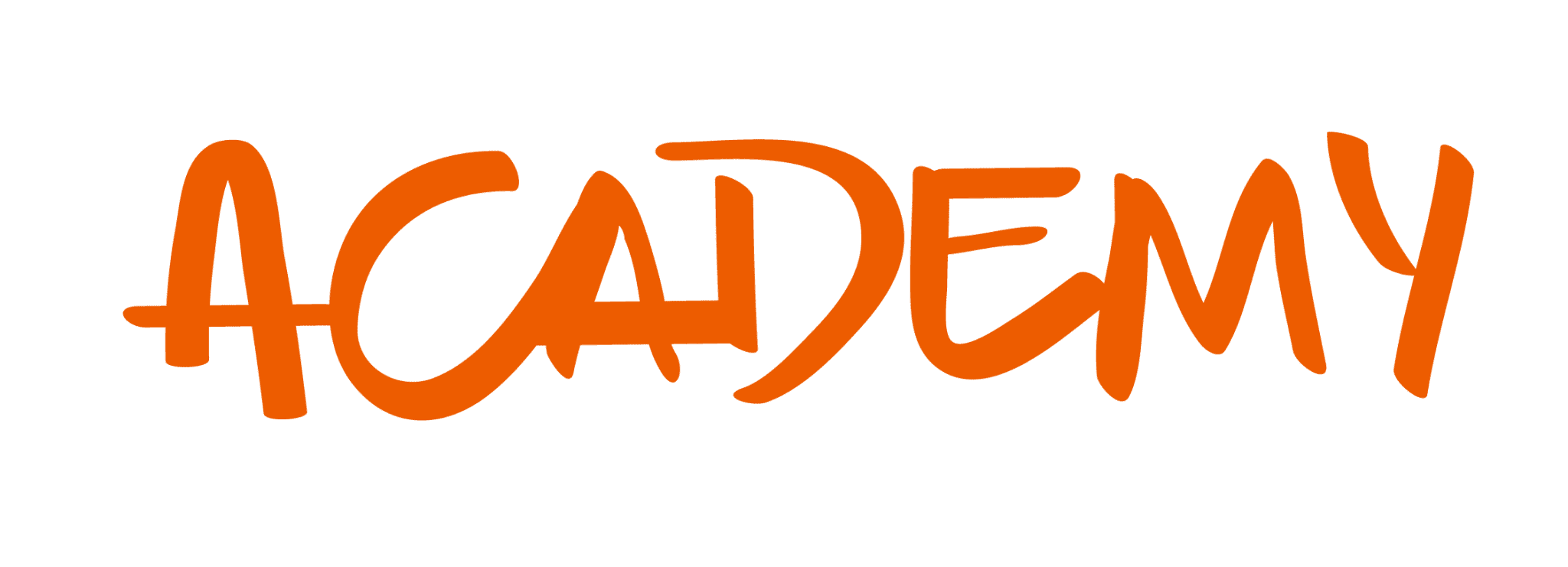Managing a creative agency means finding the balance between artistic inspiration, effective strategies, and business organization. Achieving this balance requires the coordinated efforts of multidisciplinary teams and a solid understanding of financial accounting tailored specifically to the creative industry. Additionally, staying alert to how time is used and identifying deviations early is crucial. These factors directly affect resource optimization, generate unnecessary rework, or even lead to fee renegotiations, complicating client dynamics and impacting team productivity.
The decisive impact of multidisciplinary teams
A multidisciplinary team combines diverse talents, from creatives and strategists to technology, analytics, and finance specialists. This diversity allows projects to be approached from multiple angles, ensuring that every aspect is considered and resulting in solutions that not only impress clients but also maximize the team’s potential. Each member contributes a unique perspective that enriches the final outcome, making proposals both innovative and practical.
Imagine developing an advertising campaign: while the design team brings attractive concepts to life, data analysts ensure the ideas are backed by relevant metrics aligned with concrete objectives. Meanwhile, the finance team monitors budget compliance, identifying potential time deviations early that could lead to unnecessary costs, rework, or even fee renegotiations with the client. Proactive management of these deviations not only prevents issues but also optimizes resources, enhancing efficiency and client relationships.
This integrated collaboration elevates the quality of the delivered work and reinforces the agency’s value proposition. Working in sync builds mutual trust and achieves sustainable results that boost both client satisfaction and internal team stability.
What is financial accounting and why does it matter in a creative agency?
Financial accounting involves recording, summarizing, and analyzing a business’s economic transactions to provide a clear view of its financial health. In a creative agency, where time and resources are the main units of sale, this process is especially critical.
Beyond recording income and expenses, financial accounting should focus on key metrics that reflect the agency’s overall performance:
- Project profitability: This metric evaluates whether the revenue generated by a project compensates for the time and resources invested. Identifying less profitable projects helps make strategic decisions, such as renegotiating fees or prioritizing higher-return clients.
- Efficient use of team resources: Analyzing how tasks and time are distributed among the team uncovers opportunities to optimize processes and avoid bottlenecks. A project management platform can simplify this analysis by centralizing information and providing real-time visibility into workload distribution.
- Costs of hours worked versus agreed budgets: Tracking how hours worked align with the original budget helps identify discrepancies before they become major problems. This approach not only avoids rework or fee renegotiations but also supports more accurate resource management.
A critical aspect is the ability to spot time deviations early in a project. If left unchecked, these deviations can create a cascade of problems: additional resource consumption, strained client relationships due to fee renegotiations, and suboptimal internal resource use. Adjusting plans in time minimizes these negative impacts and ensures a smoother workflow.
The connection between finance and creativity
An agency that integrates the vision of a multidisciplinary team with efficient financial management is better positioned to stand out in a competitive market. For instance, a financial specialist can accurately analyze project profitability, enabling the team to redirect efforts toward clients or campaigns with higher economic and strategic impact. This type of analysis, supported by management tools, not only helps prioritize more profitable projects but also provides visibility into areas needing improvement.
Similarly, monitoring time spent and associated costs helps identify inefficiencies that could compromise project success. These inefficiencies, if not addressed, can lead to duplicated efforts, fee renegotiations, or even tension with clients. By leveraging a project management system, agencies gain real-time insights to adjust plans proactively, optimize resource allocation, and ensure quality delivery.
Additionally, a solid financial approach fosters an environment where creative teams can work with greater freedom and confidence. Removing recurring concerns about cash flow or poorly calculated budgets allows creativity to thrive, supported by a robust financial foundation that ensures every effort has measurable and lasting impact.
Conclusion
The success of a creative agency isn’t solely about artistic talent; it also hinges on the ability to manage the business with strategic vision and operational efficiency. Investing in multidisciplinary teams, adopting tailored financial accounting practices, and actively monitoring time deviations are not just best practices—they’re fundamental pillars. These actions optimize resources, strengthen client relationships, and ensure sustainable project outcomes. In an industry where every detail matters, combining creativity with intelligent management is often the defining factor between agencies that lead and those that merely survive.














